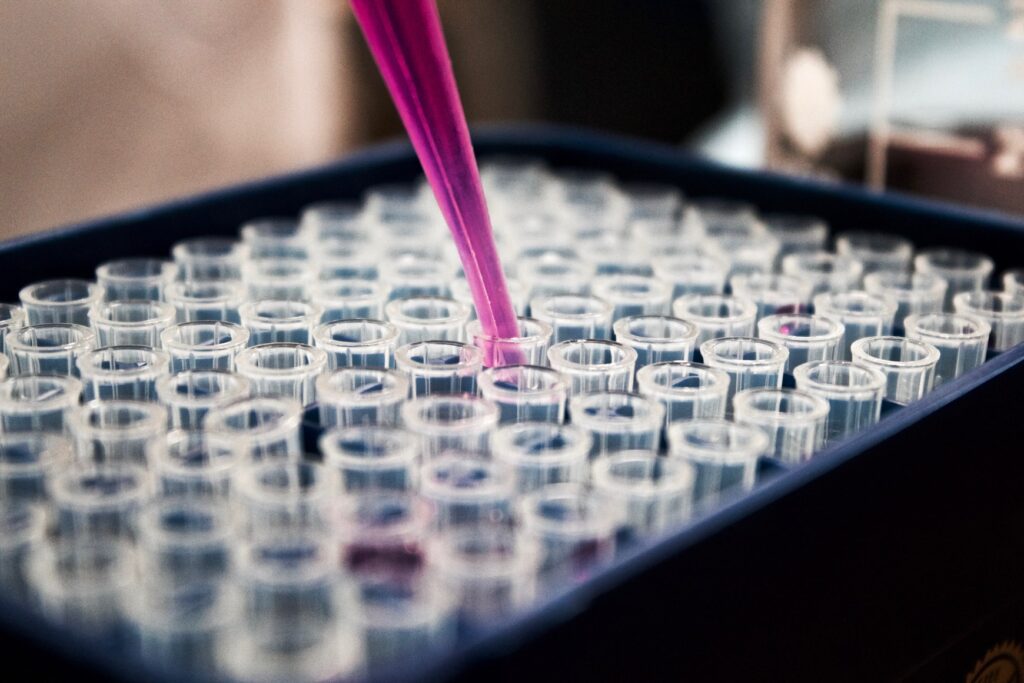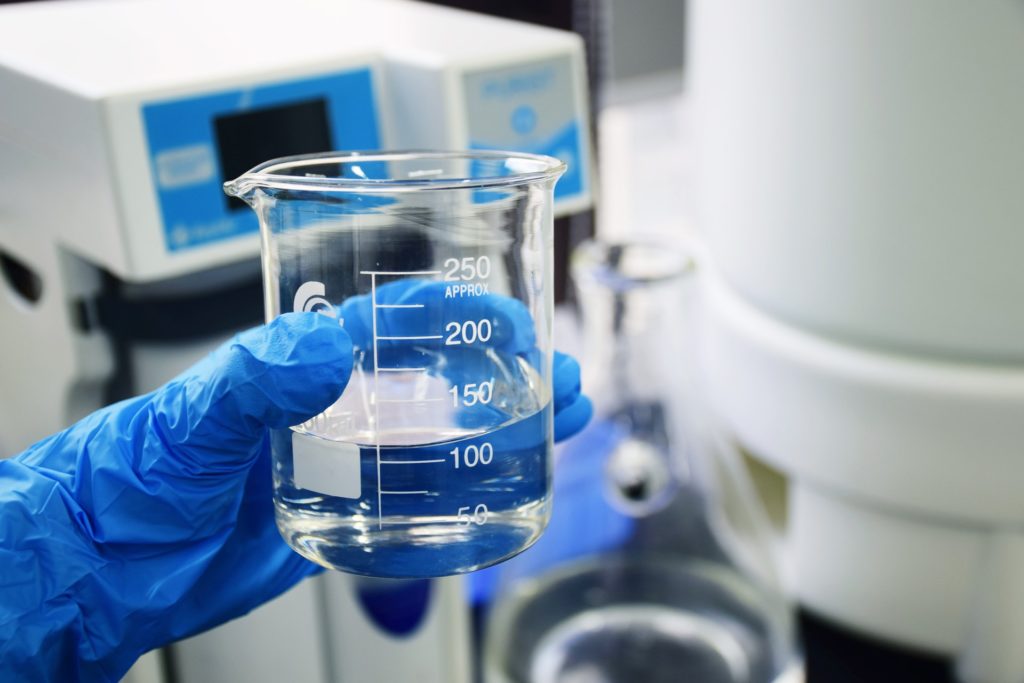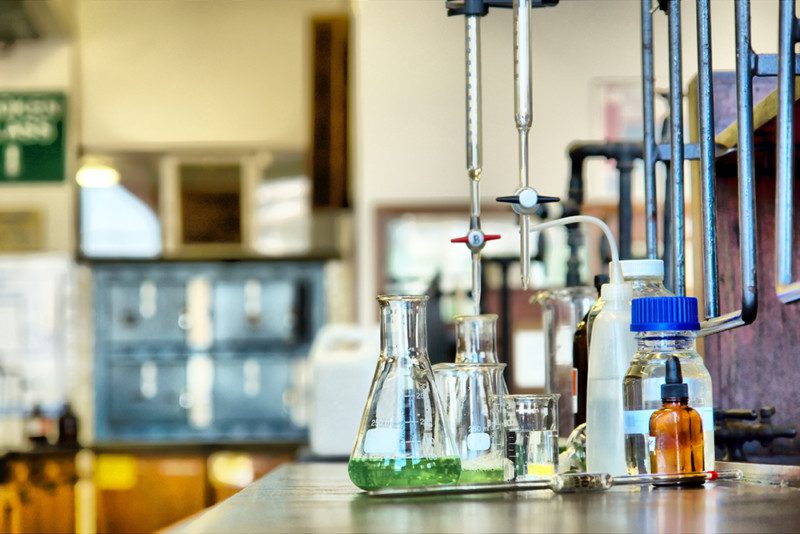09/11/2023 | pH | 7 MINUTE READ
What Does pH Stand For and Why It’s the Gold Standard for Modern Sensors

The concept of pH is integral to many industries, from food and beverages to environmental science, but what is pH? And why has it become a significant metric for sensors? This article dives into the essence of pH and explains its enduring relevance in scientific and industrial applications.
Understanding What pH Stands For
pH stands for “Potential of Hydrogen.” This term represents the hydrogen ions (H+) concentration in a solution. The pH scale, which ranges from 0 to 14, is logarithmic. Each pH value below 7 (neutral) is ten times more acidic than the next higher value. Conversely, each whole pH value above 7 is ten times more alkaline. The lower the pH value, the more acidic the solution, while a higher pH indicates alkalinity.
The Science Behind pH
At the core of the pH scale is the balance between acidity and alkalinity, both crucial elements in various chemical reactions and processes. The pH of a solution indicates its H+ ion concentration; the more H+ ions, the more acidic it is, and vice versa. A fundamental molecule in this balance is water (H2O), which can dissociate into H+ and OH- ions. The pH value is a direct measure of this balance.
Why pH is a Reliable Metric for Sensors
With all the metrics available, why focus on pH? The reasons are multifold:
- Quantitative and Consistent: pH provides a consistent and quantitative measure across various solutions.
- Sensor Functionality: pH sensors measure potential differences between a pH-sensitive glass electrode and a reference electrode. The reading indicates the pH of the solution.
- Broad Applications: pH sensors have applications across diverse industries, from maintaining optimal conditions in aquariums to ensuring the right conditions in biotechnological research.

The Benefits of Using pH as a Metric
pH offers a slew of benefits as a sensing metric:
- Accuracy and Sensitivity: Modern pH sensors can detect minute changes in pH, providing accurate and sensitive readings.
- Immediate Feedback: For processes like water treatment or fermentation, a slight change in pH can affect the entire outcome. Real-time pH measurements allow for instant adjustments, optimizing the process.
- Universal Applicability: pH readings are universally applicable, meaning a pH reading in one part of the world can be accurately understood and replicated in another.
Challenges and Considerations in pH Sensing
While pH sensing has its advantages, it’s essential to be aware of potential challenges:
- Factors Affecting pH Readings: Temperature, ionic strength, and the presence of contaminants can influence pH readings. Ensuring consistent conditions is crucial for accuracy.
- Calibration: Regular calibration of pH sensors ensures readings remain accurate over time.
- Maintenance: Like all equipment, pH sensors have a finite lifespan. Regular maintenance and understanding their use conditions can prolong their functionality.
Historical Context
The concept of pH, which stands for “Potential of Hydrogen,” was introduced by Danish biochemist Søren Peder Lauritz Sørensen in 1909. Sørensen’s groundbreaking work established the pH scale as a fundamental tool in chemistry, enabling scientists to quantify and understand the acidity or alkalinity of solutions. This historical context not only honors Sørensen’s contribution but also underscores the long-standing significance of pH in scientific research and industrial applications.
Importance in Chemistry
pH is pivotal in chemistry, particularly in acid-base reactions. It serves as a cornerstone for understanding the behavior of chemicals in various environments. In acid-base reactions, pH determines whether a solution is acidic, neutral, or alkaline, influencing reaction rates, product formation, and chemical equilibrium. Beyond sensors, pH is indispensable in chemistry for titration experiments, quality control, and maintaining precise conditions in laboratory settings.

Standard pH Ranges
It’s helpful to consider common substances and their associated pH ranges to grasp the practical implications of pH. For instance, highly acidic solutions like lemon juice and stomach acid typically have pH values around 2, reflecting their firm acidity. Conversely, baking soda, a common household base used in cooking, cleaning, and antacid preparations, has a pH of around 9, indicating its alkaline nature. These examples highlight the wide-ranging pH values encountered in everyday life.
Applications
The applications of pH sensors extend far beyond laboratory settings. They are integral to diverse industries, including pharmaceuticals, agriculture, food and beverage production, and wastewater treatment. pH monitoring ensures products’ quality and safety, chemical processes’ efficiency, and compliance with environmental regulations. In agriculture, for instance, pH sensors aid in optimizing soil conditions for crop growth, while in pharmaceuticals, they are crucial for drug formulation and quality control.
pH Sensor Technology
pH sensors operate based on the principles of electrochemistry. They consist of a pH-sensitive glass electrode and a reference electrode. When immersed in a solution, the pH-sensitive electrode generates a voltage corresponding to the solution’s pH, allowing for precise pH measurement. This technology relies on the selective exchange of hydrogen ions between the solution and the electrode, enabling accurate and reliable pH readings.

pH Buffer Solutions
pH buffer solutions, essential in pH sensing, are carefully prepared solutions with known and stable pH values. These buffers serve as reference points for calibration, ensuring that pH sensors provide accurate measurements over time. By immersing the sensor in buffer solutions of known pH, deviations or drifts in the sensor’s performance can be detected and corrected, maintaining measurement accuracy in various applications.
Advanced pH Sensing
Advancements in pH sensor technology have led to the developing of smart pH sensors with enhanced features. These sensors may offer wireless connectivity, real-time data monitoring, and compatibility with automation systems. These innovations have improved the efficiency of processes that rely on pH data, such as water treatment plants and biotechnological research, by enabling quicker response to pH fluctuations and facilitating remote monitoring.

Real-world Examples
Real-world applications of pH sensing abound. For instance, pH sensors ensure the consistency and safety of products like dairy, beer, and soft drinks in the food industry. In environmental science, pH sensors are employed to monitor the health of aquatic ecosystems by measuring water pH in rivers and oceans. Such examples underscore the practical significance of pH measurement in addressing real-world challenges.
Environmental Monitoring
pH sensing plays a crucial role in environmental science, especially in assessing the impact of human activities on natural ecosystems. Monitoring water pH in rivers, lakes, and oceans helps scientists track trends in ocean acidification, which is critical for understanding the consequences of increased carbon dioxide levels in the atmosphere. pH data also informs decisions related to water quality and aquatic habitat preservation.
Future Trends
The future of pH sensing holds promise with ongoing technological advancements. Emerging trends include integrating pH sensors into wearable health devices, enabling individuals to monitor their body’s pH levels for health and wellness. Additionally, pH sensing is expected to play a role in the growing field of IoT applications, where real-time data from sensors can inform decision-making in various industries, from agriculture to healthcare.
Conclusion: The Future of pH Sensing and its Continued Relevance
As technology advances, pH sensor designs become more sophisticated, providing even more accurate and reliable readings. Moreover, with emerging industries and expanding research fields recognizing the value of pH sensing, the demand is only set to grow. This spotlight on the simple yet powerful pH metric underscores its timeless importance in industry and science. Whether you are a researcher, an industry professional, or just a curious mind, understanding pH is a journey into the basics of chemical interactions in our world.
Posted by Dominic O'Donnell on September 11, 2023
Sensorex is a global leader in the design and manufacture of quality sensors for water quality and process applications. The company offers more than 2000 sensor packages for pH, ORP, conductivity, dissolved oxygen, free chlorine, chlorine dioxide, UV transmittance and other specialty measurements, as well as a full line of sensor accessories and transmitters. Its expert technical support engineers solve analytical sensor challenges with custom designs and off the shelf products.




